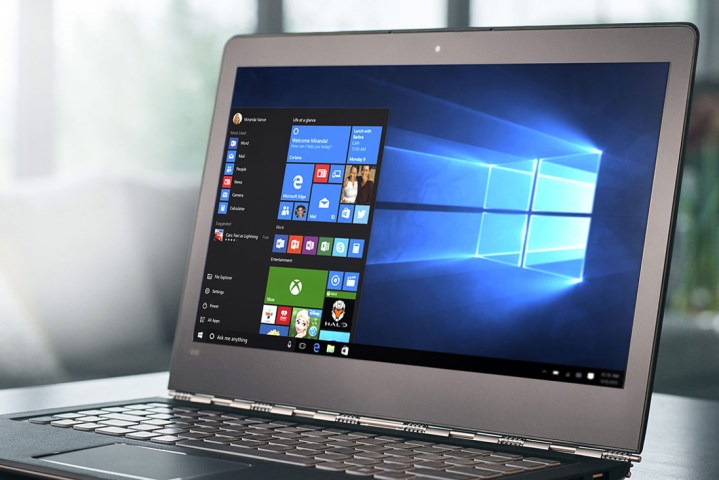
We’re coming up on Windows 10’s first birthday, and it seems that Microsoft will mark the anniversary with something plenty of users will appreciate. After July 29, you’ll no longer be bugged by irritating notifications from your Taskbar attempting to pressure you into the jump.
This move isn’t just a case of Microsoft throwing its users a bone — July 29 is when the offer of a free upgrade to Windows 10 from Windows 7 or Windows 8.1 comes to an end. The nagging is an annoyance to users now, but it would surely be even more unwelcome if the procedure carried its own price tag, too.
The first step in the process will see the Get Windows 10 app disabled, at which point it won’t pop up and give the sales pitch to users. At a later time, the app will be completely removed from the systems that it’s currently installed on.
Microsoft seems to be stressing that now is the time to upgrade to Windows 10 for anyone that hasn’t done so already, but the company has fallen short of actually saying as much, as noted in a report from Liliputing. As such, we might see the free upgrade offer extended as we get closer to the current deadline of July 29.
As it stands, users can expect to pay $119 on a Windows 10 licence if they don’t install the free update before July 29. For anyone still on the fence about whether or not to take advantage, it might be worth making a decision sooner rather than later.
Editors' Recommendations
- Scores of people are downgrading back to Windows 10
- Windows 11 might nag you about AI requirements soon
- Windows 11 tips and tricks: 8 hidden settings you need to try
- Beware! The latest Windows 11 update might crash your PC
- Microsoft may fix the most frustrating thing about Windows updates


